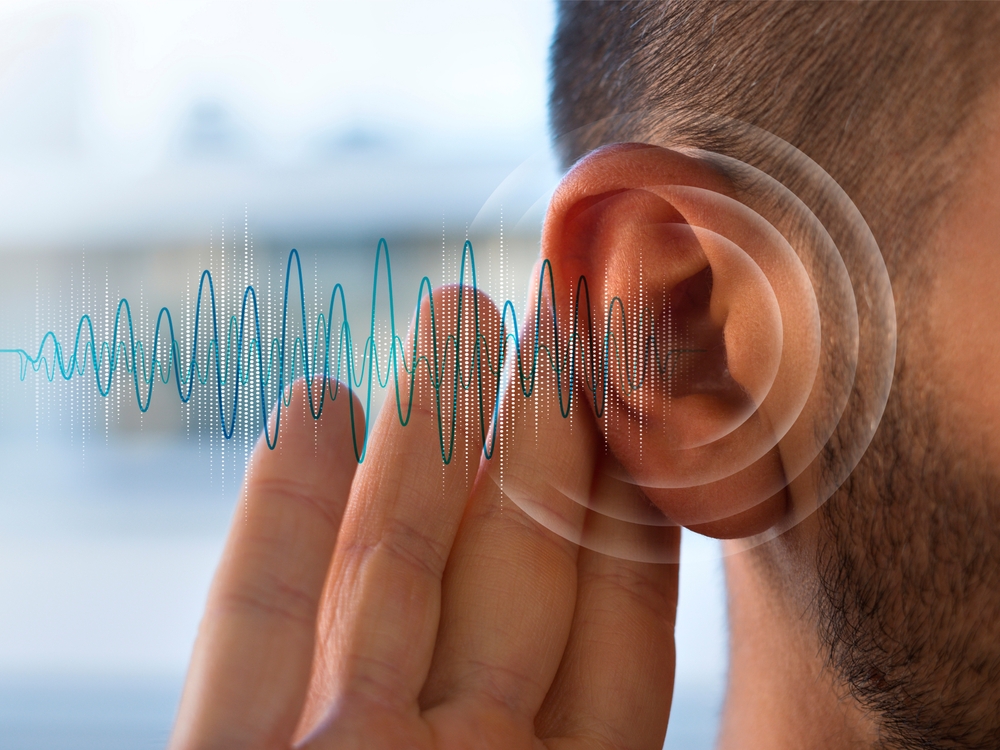
Our ears are frequently what carry the load of unintentional harm from neglect in our busy daily lives. There are a few common but hazardous practices, including using cotton swabs and ear candling, that will put your hearing health at risk. What follows are a few strategies you can use to help protect the health of your hearing.
Bid farewell to ear candling
Ear candling, an ancient technique purported to extract earwax and promote ear health, has gained popularity in spite of lacking scientific merit. It’s believed that a vacuum is created when a hollow ear candle is inserted into your ear canal and the wick at the other end is lit allegedly drawing impurities out. However, numerous studies have debunked this practice, showcasing its ineffectiveness and potential risks.
You could be putting your hearing in peril by employing a practice that won’t even eliminate any earwax. Burns to the delicate ear structures, perforated eardrums, and exacerbation of existing problems can all be consequences of this practice. Usually, if you notice any wax after ear candling, it will be from the candle itself rather than your ears.
Medical professionals always discourage ear candling because of these findings. There are safer ways to clean your ears than cotton swabs and the FDA and the Academy of Otolaryngology (AAO) warn against using them.
Get rid of the cotton swabs
The allure of cotton swabs for ear cleaning is indisputable, with many individuals turning to these apparently innocuous tools for maintenance. But there are more dangers than advantages to inserting a cotton swab into your ear canal. Impaction and potential injury can be the outcome of using cotton swabs rather than actually cleaning out earwax.
The eardrum is sensitive and objects such as cotton swabs can cause considerable damage. Injuries, like perforations or abrasions can happen, creating pain, infection, and hearing loss. To avoid these complications, it is beneficial to steer clear of inserting any objects into the ear canal and instead depend upon the ear’s self-cleaning mechanisms or seek professional assistance if necessary.
Be mindful of the volume: safeguard against loud noise
It’s a loud world we live in and our ears are constantly being assaulted by sounds of all different volume levels. From busy city streets to leisure activities such as concerts and sporting events, exposure to loud noise is ubiquitous. Over-exposure to loud noises like these can have negative effects on your hearing health leading to tinnitus and noise-related hearing loss.
To mitigate the risk of hearing damage, it is critical to be conscious of noise levels and take proactive steps to safeguard your ears. Whenever you can’t avoid very loud noise, protection such as earplugs and earmuffs should be utilized.
In addition, when using personal audio devices, such as headphones or earbuds, retaining a moderate volume and taking regular rests can help maintain hearing health.
If you detect any symptoms, act quickly
Perhaps the most essential aspect of preserving optimal hearing health is being alert to the signals your ears provide and taking prompt action in response to any concerning symptoms. Despite the availability of advanced treatments, such as hearing aids, delaying intervention can worsen hearing loss and complicate management.
If you have symptoms like ringing in the ears, difficulty understanding speech, or pain or pressure in your ears, it’s important that you acknowledge it. If any of these symptoms are experienced, seek evaluation from a qualified hearing specialist or otolaryngologist (ear, nose, and throat specialist) promptly. Your hearing outcomes as well as your quality of life will be significantly enhanced by early detection and intervention.
In conclusion, the health and well-being of our ears are vital in navigating the sensory landscape of our lives. We can preserve our healthy hearing by avoiding cotton swabs and ear candles, safeguarding our ears against loud noise, and identifying early warning signs.
Call us immediately for an evaluation if you are suffering from ear damage or hearing loss.